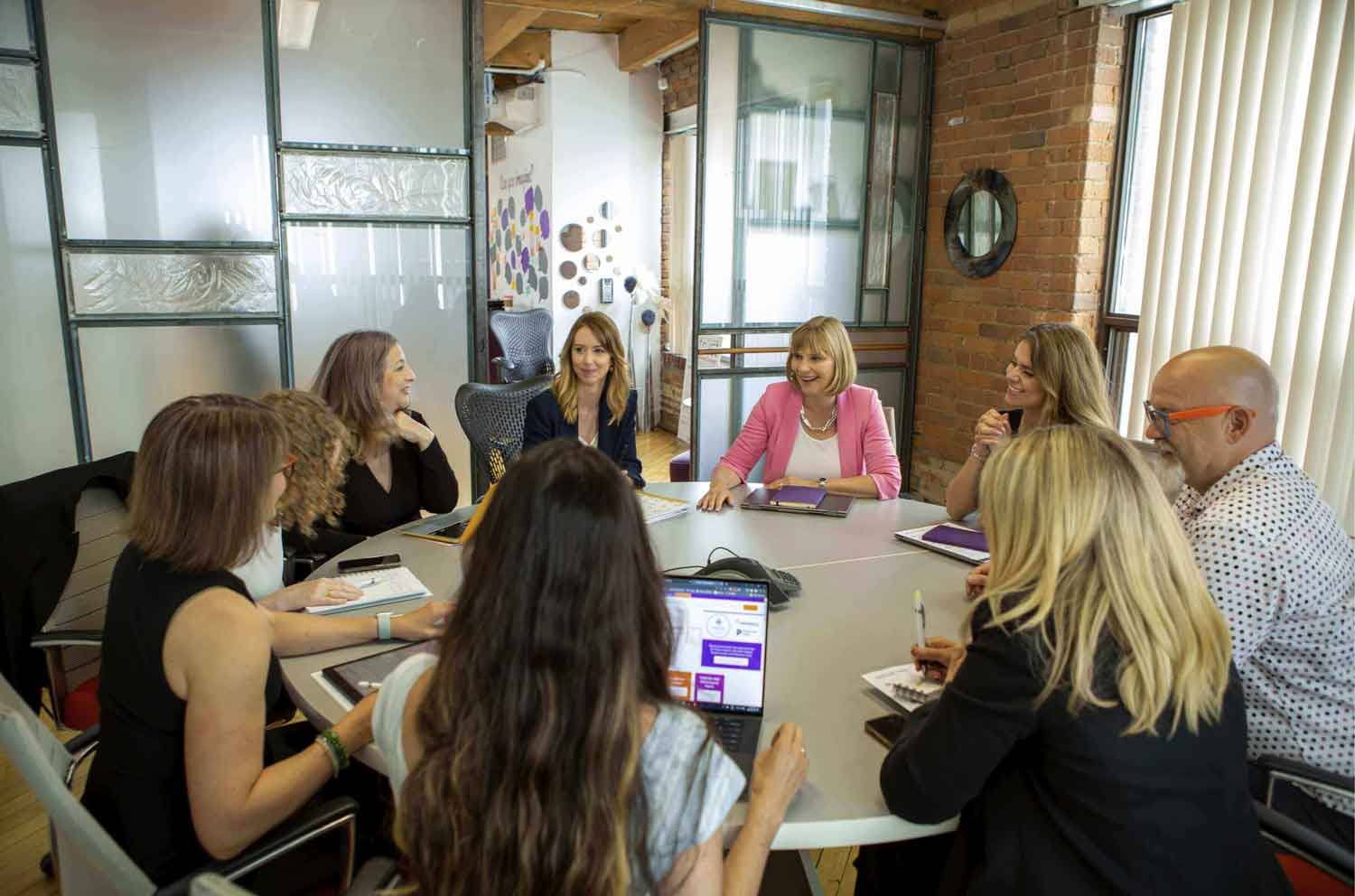At the heart of it, being a great leader (and ultimately a great boss) is about how effectively you can create trust within a team. Hands down, trust is the single most important factor, as the starting point in creating and sustaining a high-performing team. Without trust, any other efforts are being built on a rather shaky foundation.
To have trust, it requires a sense of “psychological safety” amongst team members and their leader. Individuals — and teams — feel safe when they can be vulnerable with their co-workers, engage in constructive dialogue and call out the elephant in the room. For any organization, psychological safety is not a “perk”; it’s essential for producing high performance in a VUCA world.
In our latest L&D Trends report, we outlined that with stressed out employees and growing burnout rates, many organizations will be emphasizing employee mental health and striving to create psychologically safe workplaces.
Psychological Safety Defined
However, creating a psychologically safe environment, where candour, empathy and vulnerability are welcome, is truly challenging and takes a high degree of commitment and skill. Organizational behavioural scientist Amy Edmondson of Harvard first introduced the construct of “team psychological safety” and defined it as “a shared belief held by members of a team that the team is safe for interpersonal risk taking.” It’s an environment where your focus is on the task or on other people. Not on yourself.
Measuring Psychological Safety
When it comes to measuring psychological safety, Edmondson recommends using these survey questions to gauge the environment:
- If you make a mistake on this team, it is often held against you.
- Members of this team are able to bring up problems and tough issues.
- People on this team sometimes reject others for being different.
- It is safe to take a risk on this team.
- It is difficult to ask other members of this team for help.
- No one on this team would deliberately act in a way that undermines my efforts.
- Working with members of this team, my unique skills and talents are valued and utilized.
3 Ways to Build Psychological Safety
Edmondson also has a great TEDx Talk where she elaborates on what it takes to build psychological safety but here are the three takeaways:
- Frame the work as a learning problem, not an execution issue.
- Acknowledge your own fallibility.
- Model curiosity and ask questions.
Here at The Roundtable, we’ve seen numerous teams expedite their “storming” using the TCI model and other tools and move toward creating a strong high-performing team. We’ve facilitated numerous sessions and break-through often happens when people can be vulnerable, bring forth ideas, admit mistakes and discuss challenges freely. At the root of all this work are trust and the development of psychological safety. And if you work within a complex organization with uncertainty and interdependence, you can bet that trust and psychological safety are at the root of whether your team is high-performing or not.
If we want to grow courage in our workplace, we need to give it a place to root. When people feel there is space to make mistakes and they trust that others will support them, they begin to take risks. Taking risks and trying new things moves individuals and organizations towards cultures of creativity and innovation. When we make others feel safe to stumble, learn and grow, we create the perfect conditions for acts of courage.
If you’re curious about how The Roundtable can help your organization develop a culture where leaders and their teams can create an atmosphere of psychological safety, let’s start a conversation. And, be sure to download our 2022 L&D Trends Report for more insights into the issues affecting L&D professionals in the year ahead.




